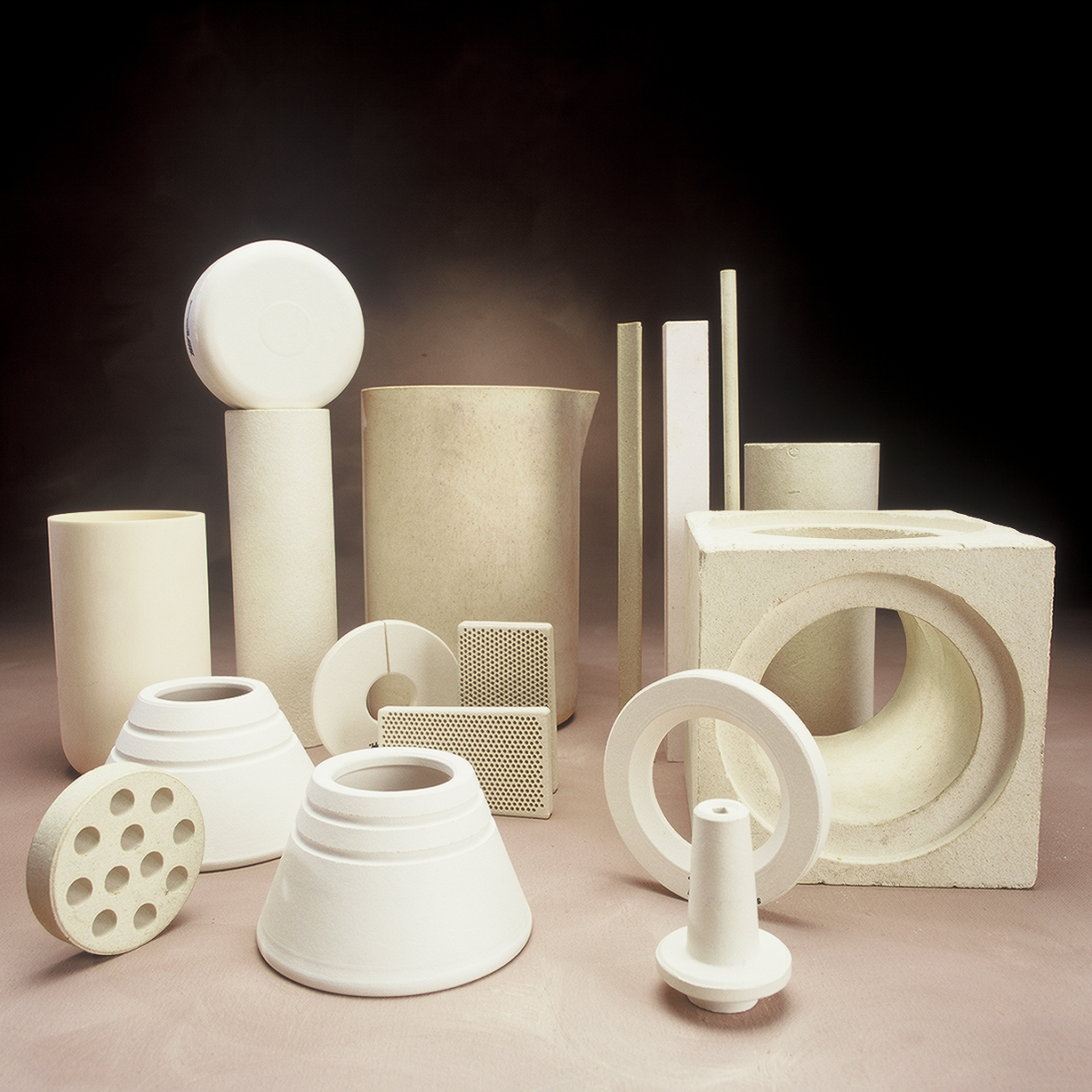
Mullite

Virginia Kyanite is converted to Mullite by calcining it more than 1450°C in a rotary kiln. The resulting product, called Virginia Mullite, contains about 80% mullite, 11% finely dispersed amorphous silica, 7% quartz, and less than 1% cristobalite. Virginia Mullite is different in particle shape and impurities than Mullite formed by calcining clay minerals. Virginia Mullite contains 56-61% alumina.
Virginia Mullite®
Premium Grade Virginia Mullite is a low iron Mullite with an iron oxide content of <0.19%. This reduced iron increases high-temperature properties, such as resistance to creep, and increases maximum usage temperature.
Premium Grade Virginia Mullite®
What is Mullite?
Virginia Mullite is produced by calcining Virginia Kyanite at a temperature of about 1250-1430°C.
Because it is produced by calcining Kyanite, not clay minerals, it retains a unique, acicular “blade-like” crystal structure and is very low in magnetic iron and other impurities.
Virginia Mullite is volume stable at high temperatures, has a low coefficient of thermal expansion, excellent electrical insulation and hot load-bearing properties and is resistant to many corrosive environments. It is used extensively in high-temperature applications for its high melting temperature, high hot strength, and excellent thermal shock and creep resistance.
When Virginia Mullite re-crystallizes in a ceramic or refractory body it forms as small, lenticular crystals which promote high strength, even at very high temperatures.
Mullite Uses
Mullite can be used in refractory, ceramics, electrical insulators, heating elements, brake shoes, foundry sprays and washes, Mullite/cordierite kiln furniture, investment casting flours and stuccos, and more.

